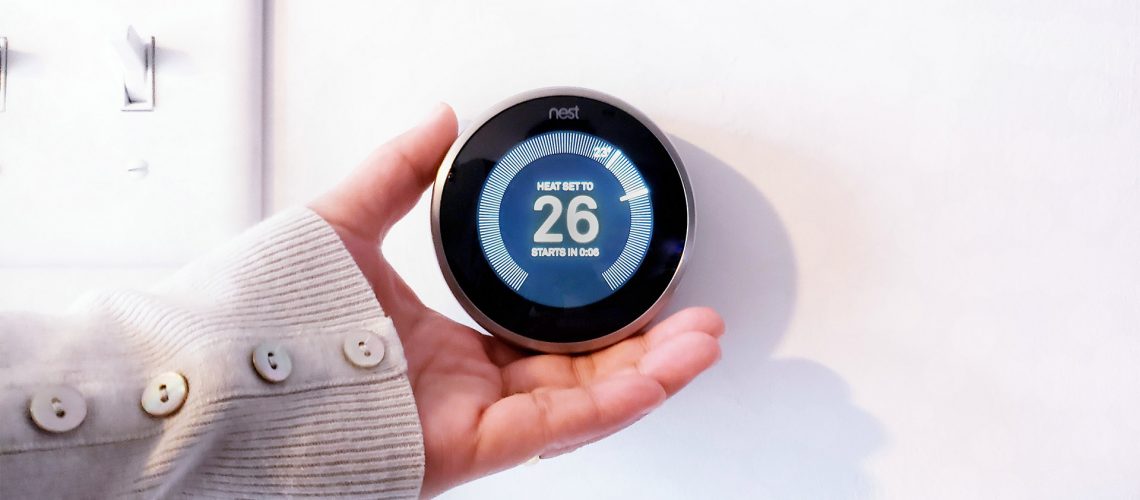Conserving energy at home is not as difficult as it sounds. You can start by changing small habits in your daily life and move on to more thoughtful conservation tips. So what are some of the energy conservation techniques that you can use today?
Lower Your Thermostat
Very few people adjust their thermostats when they are leaving their homes. But you will be surprised how much energy you can save by lowering the temperature on your thermostat when you leave your home. You can drop the temperature by just five degrees. This small move will reduce the amount of energy you use in your home, which will significantly impact your monthly bill. According to Energy.gov, by lowering your thermostat by 10 to 15 degrees while at work, you can save up to 15% every year.
Start Using Smart Power Strips
Have you ever come across the phrase phantom loads? This is the energy utilized by electronics when you switch them off. Unfortunately, most appliances in your home will not switch off all the way when you press the power button. Instead, they will go into standby or sleep mode. Some devices do this to ensure they boot up in a split second the next time you switch them on. Some also take the time spent in standby mode to update their software. Because these devices won’t be technically off, they will be consuming power even after you switch them off.
It is estimated that 75% of the electricity used to power appliances in your home is consumed when devices are switched off. This can increase your bills by up to 200$ yearly. As such, it’s crucial to find ways to ensure that devices really switch off and stop consuming electricity when you press the power switch. A great solution to this problem would be to install a smart power strip. This is an advanced power strip that will turn off every connected device at a set time or after a period of inactivity. That way, no device will be consuming electricity unnecessarily.
Replace Your Incandescent Light Bulbs
A lot of people are slowly ditching incandescent light bulbs. These bulbs convert the majority of the energy they consume into heat, which is not the purpose of a light bulb. In 2014, most light bulb manufacturers stopped producing 60-watt and 40-watt incandescent light bulbs altogether. By that time, they had already phased out 100-watt and 75-watt bulbs.
There are several more efficient options that you can install in your home to ensure that all the energy being consumed is converted to light and not lost as heat. If you still have incandescent light bulbs in your home, you should switch to light-emitting diode (LED) bulbs. These offer longer-lasting light, and they are way more energy efficient. The average home uses around 40 bulbs. You can see how much of an impact switching to energy-efficient bulbs will make.
Unplug Unused Chargers
Most people leave their phone chargers in the outlet after the phone is done charging. Such chargers are referred to as energy vampires. Data from Energy.gov indicates that the average cell phone charger will consume about 0.26 watts of energy even when the phone is not connected. While this might seem like an insignificant figure, you probably have several people who leave their chargers plugged in at your residence. Collectively, these electricity vampires can contribute to 10% of your energy bill. So, remove the chargers from the outlets as soon as you are done charging your phone.
These are some small changes that you can make today to conserve more energy at home. None of these changes require you to part with a lot of money, so you should be able to implement everything in a day or two. Apart from the changes listed above, you should also avoid washing with hot water. Instead, you should use cold water whenever possible.


